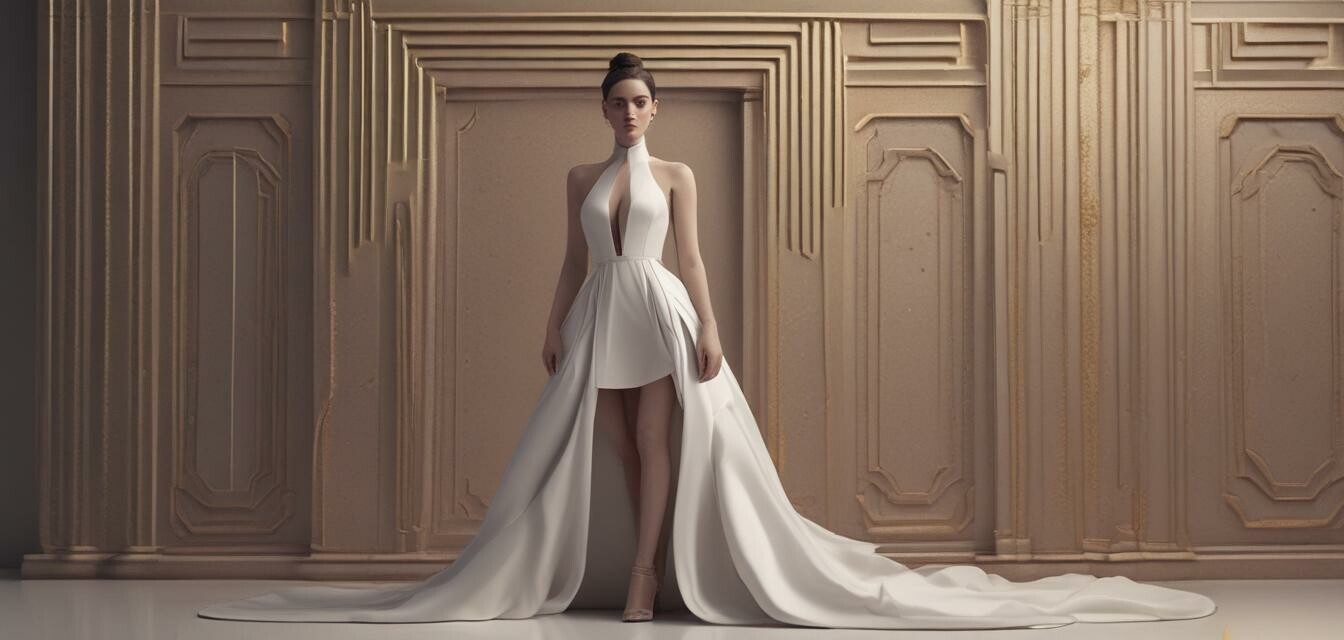
The Impact of Technology on Luxury Fashion
- Technology is revolutionizing the luxury fashion industry.
- Innovations in materials and production enhance exclusivity.
- Personalization through technology elevates customer experiences.
- Digital marketing strategies are reshaping how luxury brands reach consumers.
The luxury fashion market has undergone a significant transformation over the past decade, largely due to rapid advancements in technology. From innovative materials and smart textiles to the rise of e-commerce and digital marketing, technology is reshaping the landscape of luxury fashion. In this article, we explore how these technological changes are impacting the industry and what they mean for consumers and brands alike.
Technology Trends in Luxury Fashion
Several emerging trends in technology are playing a critical role in changing how luxury fashion operates. Here are some of the most influential:
- Smart Fabrics: These are textiles embedded with technology to enhance functionality, such as moisture regulation and temperature control.
- 3D Printing: Brands can create bespoke pieces on demand, revolutionizing the design and production process.
- Wearable Tech: Integration of technology into fashion items, allowing for functionality without compromising on style.
- Virtual and Augmented Reality: These technologies enhance shopping experiences by allowing consumers to try on clothing virtually.
Smart Fabrics: The Future of Luxury Textiles
Smart fabrics are at the forefront of luxury fashion. They offer a range of functionalities that traditional materials cannot, leading to an improved customer experience. For example, fabrics that can change color or adjust temperature based on the environment are attracting consumer interest. This innovation not only enhances the luxury experience but also elevates the brand's exclusivity.
3D Printing: Redefining Luxury Production
3D printing technology is transforming the way luxury items are produced. It allows for rapid prototyping and customization, leading to a more sustainable and efficient production process. Luxury brands can offer limited-edition collections and unique designs, catering to the bespoke demands of their customers. This shift towards personalized luxury enhances consumer loyalty and increases perceived value.
Digital Marketing in Luxury Fashion
The rise of digital marketing has reshaped how luxury brands communicate with their consumers. Here’s how technology is enhancing marketing strategies:
- Social Media: Platforms like Instagram and Pinterest are crucial for showcasing high-end products, allowing brands to reach broader audiences than ever before.
- Influencer Marketing: Partnerships with social media influencers help brands connect with younger consumers and create a more relatable image.
- E-commerce Platforms: Online shopping has made luxury products more accessible, enabling brands to reach global consumers while providing exclusive online experiences.
Enhanced Customer Experiences through Personalization
Technology enables brands to create personalized experiences that cater to the individual preferences of shoppers. By leveraging data analytics and machine learning, luxury fashion brands can tailor their offerings, leading to an improved shopping experience. Customers appreciate brands that understand their needs, resulting in higher customer satisfaction and loyalty.
Pros
- Enhances customization and personalization of products.
- Increases efficiency in production and inventory management.
- Broadens the reach of luxury brands globally.
- Creates unique shopping experiences that captivate consumers.
Cons
- May dilute exclusivity if technology becomes ubiquitous.
- Challenges in maintaining the traditional craftsmanship in high-end products.
- Potential security risks with customer data in the digital space.
The Role of Artificial Intelligence in Luxury Fashion
Artificial Intelligence (AI) has emerged as a crucial tool in the luxury fashion sector. It helps brands analyze consumer behavior and market trends, allowing for proactive decision-making. AI-driven chatbots enhance customer service by providing instant support, while machine learning algorithms help predict fashion trends, enabling brands to stay ahead of the competition.
Challenges in Adapting to Technology
While the benefits of technology in luxury fashion are evident, brands face significant challenges in adapting. Some of these challenges include:
- Resistance to change from traditionalists within the industry.
- High costs associated with implementing new technologies.
- Need for ongoing training and education to keep up with technological advancements.
Final Thoughts
The integration of technology in luxury fashion is not just a trend; it's a revolution. As brands continue to innovate and adapt, they will find unique ways to enhance customer experiences and build loyalty. For consumers, this means access to exclusive, tailored products that reflect their preferences and lifestyles. The beauty of this transformation lies in the synergy between luxury and technology, creating a new era of fashionable innovation.
Explore more insights and trends in luxury products by checking out our News and Trends in Luxury Products section.
For exclusive buying guides, visit our Luxury Buying Guides to help you navigate the luxurious market.

